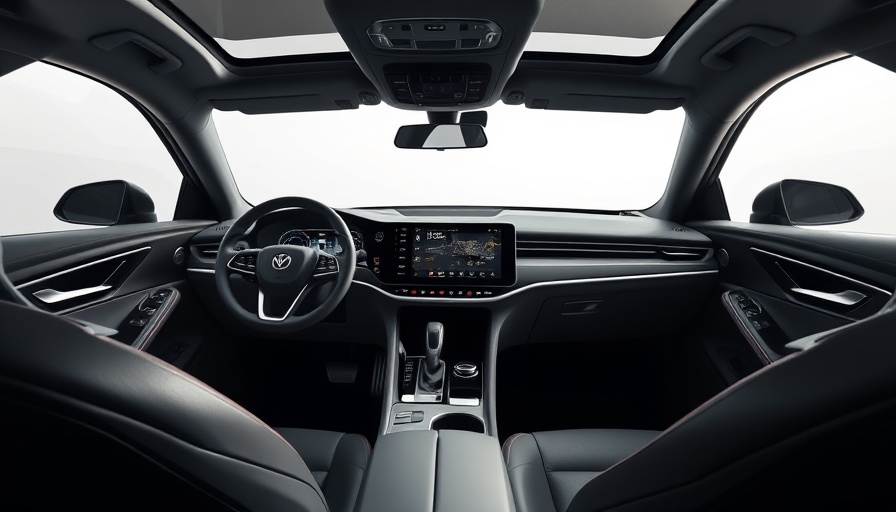
The Case for Buttons in Modern Cars
In an era dominated by sleek touch screens and minimalistic designs, the functionality of buttons in vehicles has come under scrutiny. As carmakers embrace the digital age, many consumers are left yearning for the tactile reassurance of traditional controls. Buttons not only provide a tangible interface but also enhance safety by allowing drivers to operate essential functions without diverting their attention from the road.
The Evolution of Car Controls
Historically, cars have been equipped with buttons for various controls—heating, air conditioning, and media settings. However, the rise of digital interfaces has led to a decline in these physical controls. Many modern vehicles feature expansive touch screens that display an array of functions but often lead to frustration for drivers who find themselves navigating through complex menus while driving. A return to a mix of buttons and screens could strike the right balance between modern aesthetics and user-friendly practicality.
Safety and Accessibility: A Priority for Drivers
The implications of replacing buttons with touch screens extend beyond user preference; they significantly impact safety. According to studies, visual and manual distractions are among the leading causes of accidents. Buttons allow drivers to activate functions effortlessly, reducing the cognitive load required when using a screen. For drivers with disabilities or limited dexterity, buttons offer a more accessible way to control vehicle features, enhancing the driving experience for all.
Consumer Demands: Bridging Tradition with Technology
The demand for user-friendly interfaces remains high among consumers, especially in the competitive market of the Bay Area, where innovation and practicality are crucial. Surveys indicate that consumers favor designs incorporating both digital and physical controls. Automakers who listen to these preferences may find themselves gaining a competitive edge. As Silicon Valley continues to shape consumer behavior, incorporating buttons into the design philosophy of new vehicles could foster brand loyalty and align with the needs of a diverse user base.
Lessons from Other Industries: A Case for Retaining Familiarity
Looking at other tech-infused fields, the principle of user-centric design advocates for maintaining familiarity in interactions. For example, the gradual shift towards touch controls in home appliances has not fully replaced knobs and buttons. Consumers appreciate the tangible feedback of a knob when adjusting temperature or speed. Automakers might consider this approach to retain customer confidence and satisfaction with their products.
Future Predictions: A Hybrid Approach
Predictions for the automotive industry suggest a growing trend toward a hybrid model of controls. As manufacturers streamline technology, it is likely that buttons will make a comeback—not only as a nostalgic feature but as a practical necessity. Combining user-friendly physical controls with cutting-edge technology may prove to be the winning formula, preserving the intuitive experience consumers crave.
Actionable Insights for Automotive Designers
For automotive designers and manufacturers, striking the right balance between aesthetics and functionality is critical. Consider conducting user testing that gauges consumer preferences for various control types. Engaging the market through focus groups can uncover insights that inform design choices and lead to safer and more appealing vehicle features.
Conclusion: The Need for Change in Automotive Design
The demand for buttons in vehicles underscores a significant shift in consumer preferences towards functionality and safety. With a growing emphasis on accessibility and user experience, carmakers must rethink their design strategies. Merging the tactile benefits of buttons with the sleek appeal of digital interfaces offers a path toward innovative solutions that prioritize user engagement and safety.
By embracing this approach, manufacturers can position themselves not just as automotive leaders, but as advocates for user-centered design.
 Add Row
Add Row  Add
Add 



Write A Comment